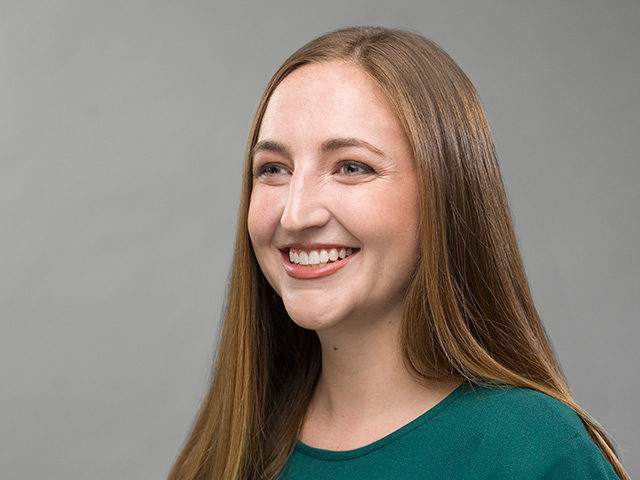When Hazel Lawr died on June 15, 1998 at the age of 97, she left an estate valued at just over $1 million. She was private, frugal, and kept her eye on her investments—a classic “millionaire next door.” Not even her family knew that she and her husband had quietly earned, invested, and saved a small fortune.
Or that they had left it to future generations through the Grand Rapids Community Foundation.
After providing for an elderly nephew in his last years (and weathering the stock market’s fall during that time), the remainder of Mrs. Lawr’s trust came to the Community Foundation in late 2002. The fund, to be known as The Perry M. Lawr and Hazel A. Lawr Trust, was established with $676,073.
Mrs. Lawr’s husband, Perry, had a law degree, but worked as an engineer for the Pere Marquette Railway. Mrs. Lawr built her life around politics, social clubs, and community service. She and Perry moved into their home on Boulevard Drive in Wyoming in the 1940s. She lived there until a year before her death.
Mrs. Lawr’s nephew and his wife, Doug and Katie Wilcox, remember that their aunt loved to travel. She was comfortable on the road, and into her late 80s drove as far as Benton Harbor for the funeral of a friend. After she was no longer comfortable behind the wheel, she depended on the driving services of a neighbor known to her as “Dyk.”
While Dyk prefers to keep his identity private, he talks freely about his years of driving Mrs. Lawr. When she interviewed him for the job, the retiree warned her “I’m not a morning person.”
“Good,” she answered. “I’m not either.”
For the next seven years or so, he was her driver, her helper, and her friend. In her last years, macular degeneration robbed her of much of her sight. She depended on him to deposit her checks, read her mail, and help pay her bills. He handled the tasks with unfailing integrity, abiding humor, and remarkable grace.
When she fell one evening and broke her wrist, “She didn’t call 911 or anybody else… she called Dyk,” he said. When asked at the hospital for her next of kin, she turned to him and raised an eyebrow. “ ‘I guess that’s me,’” he remembers saying. “I was her de facto next of kin.”
Clearly, she trusted Dyk implicitly. He knew of her plan to leave the bulk of her estate to the Community Foundation, but he said she never elaborated on that choice.
“She just wanted to leave it someplace where it would do some good,” he said. “And I know she would have researched it thoroughly. That was Hazel.”
As far as he knows, the Lawrs’ savings and investments all came from Perry’s earnings as a railroad engineer. But while the Lawrs were careful spenders and deliberate savers, they make a habit of helping others in simple, quiet ways.
During Perry’s days on the railroad, he was very concerned about the “firemen” who kept the engine burning. The grueling physical work of shoveling coal was exhausting and dirty, but the wages were very low. So each day, Hazel sent Perry off to work with his lunch… as well as several extra sandwiches for the firemen.
They just wanted to make sure that on Perry’s watch, no one went hungry.
By today’s standards, the Lawrs lived a comfortable, but simple life. Despite her ample resources, Hazel Lawr never sought a lavish home or lifestyle. “She was not tight-fisted or a miser, but she didn’t throw it around either,” Dyk said. “She was very comfortable there on Boulevard Drive.”
